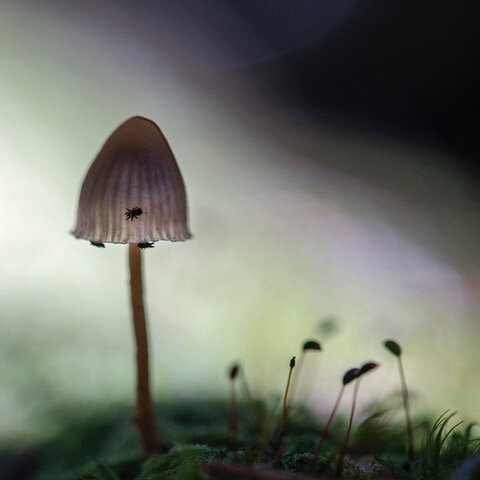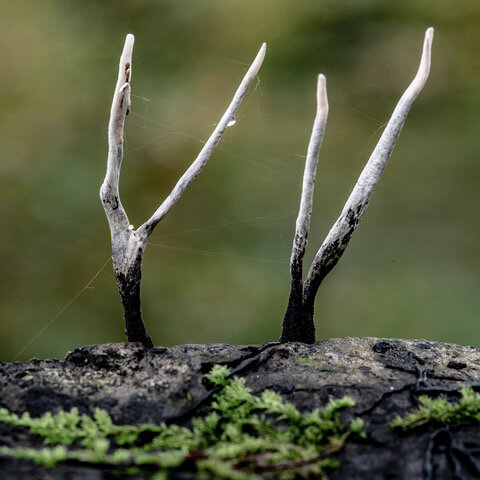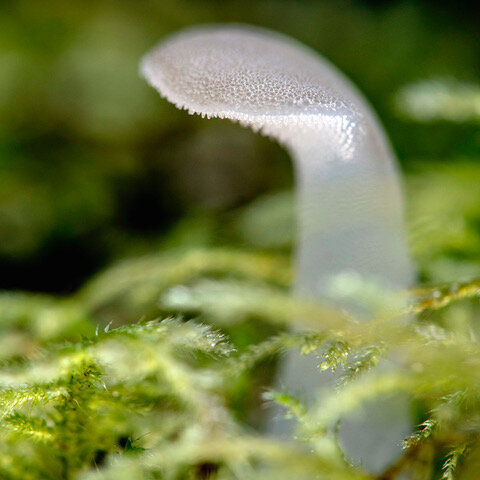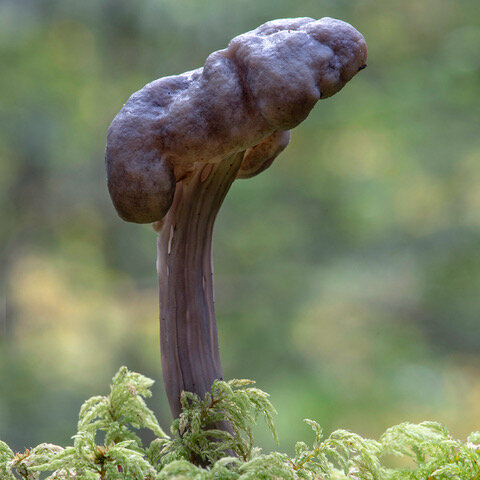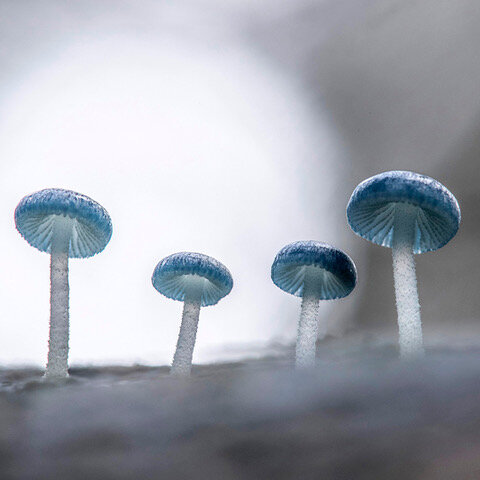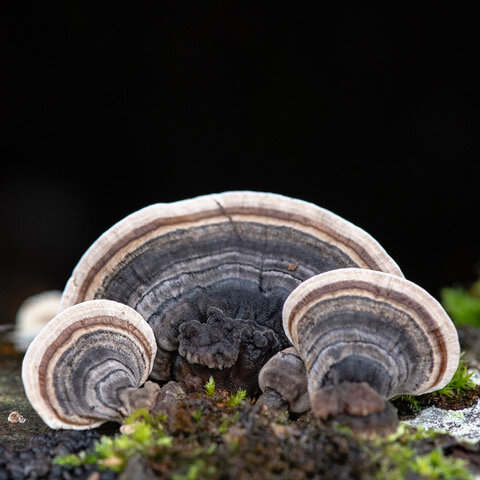Home Scar
/By Rosie Sherwood:
Limpets can be found affixed to rocks on beaches up and down the country. When covered by the sea each limpet moves around in search of food, returning to their favourite spot when the tide goes out. Eventually, they wear away a patch of rock that fits the shape of their shells. This patch keeps the limpet alive: letting in oxygen while trapping seawater to keep the limpet from drying out. It is known as a home scar.
BIGBURY, DEVON (2020)
For over a year we’ve been bound more tightly to our homes than ever before. Covid-19 has kept us indoors. We’ve gone to work and to school in our homes. When we’ve left the confines of our walls we haven’t strayed far from the front door. Family and friends have been off limit; restaurants and shops closed; sporting stadiums and galleries empty. Through all this, home has been our one constant.
When I first heard the phrase home scar, it struck a chord somewhere deep inside. My homes are etched into the very fibre of my being. Like the limpet, my home scars are my foundation, my safety net. They are the places from which I grew, perfectly fitted to allow in all I needed, and to keep me safe.
LAURIER RD, JUST BEFORE MOVING OUT 1
LAURIER RD, JUST BEFORE MOVING OUT 2
I grew up in London, living in the same house for the first 24 years of my life: No. 20 Laurier Rd. Two floors, 6 rooms, a garden. I was almost born in this building, who I am was born in this building. In my mind I can walk through this place with ease, a lifetime of personal history all visible at once. The stairs carpeted and uncarpeted. The room in which I had my first kiss. This room a bedroom, then a living room, then a different bedroom. The small kitchen in which I learnt to cook. Walls where doors used to be, doors where walls used to be. Games of fancy dress played across every room. Through it all the bannister at the top of the stairs is held together with blue wire and red string.
We moved out years ago, but I still have the key.
It is not only the buildings in which we live that create our home scars. The streets that surround them and all they contain are also part of our homes. I could take you to them now – I could walk you to George’s Shop, the local grocers with its delicious Cypriot poppy seed bread and loving owner, though the shop isn’t there anymore; I could walk you to Camden Market, though my Camden Market is long gone, transformed into a sanitised tourist trap; I could walk you across The Heath to the Hollow Tree, to my valley, to where I stayed out all night with friends.
No. 20 Laurier Road, its orbiting streets and pockets of ancient woodland framed my early development, my teenage self, and the start of adulthood. It lies at the core of who I am, a perfectly fitted home scar. When we left, I didn’t leave entirely.
LODDISWELL WOOD, DEVON (2020)
From Laurier Rd my mother relocated to Devon and to No. 5 Veales Rd, Kingsbridge. In the 10 years she lived there I have come and gone, to Australia and back, to London and back. I was drawn in, pulled by the sea. A new home scar developed, carved by double fronted bay windows and an elegant porch, by my sister’s hen party and my mother’s 50th, by the family kitchen perfectly designed for every kind of cooking, by Christmases and birthdays, by woods and rivers and beaches, by a thousand everyday actions and the creation of art. I did not expect this place to impact me the way it did, for it to form a home scar.
VEALES RD, JUST BEFORE MOVING OUT 1
VEALES RD, JUST BEFORE MOVING OUT 2
Last March, with the pandemic taking grip of the country, and an inevitable lockdown looming, I boarded a train from Paddington Station loaded down with fears, suitcases, bags and a backpack. I was meant to be spending six months in London doing a Fellowship in the foundry at Chelsea College of Art, but the college had closed it doors. I decided I would rather ride out the pandemic in Devon. Paddington Station was virtually empty and there was no one in my train carriage. I felt like I was fleeing from something, running from the danger posed by the densely populated city I had called home for the better part of my life. The eerie emptiness and silence felt like something out of a post-apocalyptic story. But when I stepped through the front door at Veales Rd I felt safe.
PUBLIC FOOTPATH (2020)
In the months that followed I walked the public footpaths and lanes that span out from the front door. I fell more deeply in love with the land around Kingsbridge, with the estuary and the coastline. And I fell more deeply in love with the house itself. Like much of the nation, I baked, I read, I found ways to stay entertained and connected from the sofa. I became embedded within the walls and footpaths of home. New routines cut paths through the house, new walks took me to familiar destinations I had only driven to before, the steps and breaths taken becoming part of my body. Time was the only thing I had in abundance, so I used it to explore, deepening my home scar.
This March, after just over a decade, we moved out of Veales Rd and out of Devon. In the final weeks, I walked through the house gently touching the walls, memorising their contours and corners. I followed well-loved public footpaths capturing them with my camera. I said farewell to views and fallen trees I had come to treasure: the estuary bed that somehow captures heat from even the cold February sun; the blackened branches of trees that drop low over the water at high tide; lime kilns nestled seamlessly into the land around the water’s edge; the far-reaching views of gently curving hills and patchwork fields; the red earth turned over by a plough; the dappled light on the river slipping through the trees of Loddiswell Woods. I marked this home scar, tracing its edges.
RIVER AVON (2020)
KINGSBRIDGE ESTUARY (2020)
OUTSIDE WEST CHARLETON (2020)
I am lucky. To me home means something warm and safe and full of potential. Lockdown was painful, sad, and complicated, but it was contained by the refuge of my home. For many across the country, and across the world, home means something else entirely, it isn’t a refuge, it isn’t safe. For some it doesn’t exist at all; it’s been lost or taken away, all that remains an object, or a memory, or a hope. Covid-19 has thrown these stark realities into sharp relief. There are those for whom job losses or furlough made rent or mortgages impossible to pay, the future of their homes uncertain. For others being in lockdown within the walls of their home was a danger, emotionally and physically.
Home should be a human right. Every person deserves a home scar shaped by happy memories, deserves the haven of walls and roof, of streets and land they know within their bones. No home scar should be misshapen or lost to abuse and violence, to bombs and wars, to evictions, job loss and disease. And yet so many are, too many people are left to walk through the world without a home, and without the knowledge of safety it brings.
I have been blessed with two home scars so well defined that they keep me anchored within the world. As lockdown eases, as we step out of our homes ready to face a changed world, I am reminded that we need these perfectly fitted spaces into which we slot, the spaces from which we grew, and to which we can return, safe. We need them and we deserve them. Perhaps at this precipice of a new normal, this moment with such potential for change, we could come together to take the first steps in ensuring no one has to grow up or live without a home scar.
ESTUARY SKY (2020)
***
Rosie Sherwood is an artist, writer, curator and scholar. Her interdisciplinary practise incorporates photography, sculpture, book art and text. Sherwood founded As Yet Untitled in 2012, specialising in limited edition book art and events. From 2017-2020 she was Creative Director of turn the page Artists Book Fair and Symposium. In 2018 Sherwood was a finalist in the National Sculpture Prize, for which her sculpture, Akin, was installed at Broomhill Sculpture Gardens. Sherwood has been published on a range of subjects and has work in national and international collections including Tate, The British Library and the National Libraries of Victoria and Queensland, Australia.
Sherwood’s current creative research, An Ever Moving Now, is an exploration of wildness, rewilding, and our relationship with nature. The project addresses experiences and sensations of being embedded in nature, and connects these to the broader concepts of environmental conservation. To create the work, Sherwood moves between immersive, multi-day hikes, to developing ideas in her studio, an interplay that enables conversation between the work and the land. To date the project has been supported by numerous sponsors and organisations including the Marine Institute at Plymouth University.
Before Covid-19 Sherwood had begun a Fellowship at the Chelsea College of Art Foundry. This position will resume when it is safe to do so.


















